Mozambique: Major fire interrupts classes in Chongoene school - Watch
Cabo Delgado: What was left of Macomia and Quissanga – look

Photo: Luisa Nhantumbo / Lusa
The towns and villages devastated by rebels in the districts of Quissanga and Macomia bear the scars of terror on every corner. Among the ruins, reconstruction is being attempted, but the trauma is great and fear still lingers among the residents.
“They took all of this [the village] and destroyed all the property that was here, including the houses and schools,” Samuel Saíde he tells Lusa, just metres from the ruins of his house, which succumbed to the barbarity of the group that attacked 19 de Outubro village, in the district of Quissanga, Cabo Delgado province, more than a year ago.
The rebels attacked the village of Samuel Saíde, 56, in February, 2020, days after a mass evacuation by the rural population, who already knew that insurgents were terrorising nearby regions.
In addition to killing an unknown number of people, the rebels looted property and set fire to the (mostly adobe) houses in that forgotten community in the middle of nowhere, just metres from the bridge that separates Quissanga from Macomia, two of the nine districts affected by the armed violence in Cabo Delgado over the past four years.
The day before the attack, Samuel Saíde fled to the home of relatives in neighbouring Macomia, a few kilometres from the village, and only returned four days later, after he was sure that the rebels had abandoned the place. But his house had been burned down and his possessions looted.
“When I got back here [after the escape] and didn’t find anything left, I was furious. There was a lot of work [to build the house], and I fought in the machamba [garden] to get money,” Saíde said.
Even “furious”, and without the means to feed his eight children since he was forced to leave his vegetable garden by the security situation, Saíde wants to start life in his village again, and is already building a new house himself, right in front of the ruins of the former one.
Although their determination is great, and despite several military positions stationed along the road that runs through the heart of the small village (EN380), one of the main arteries in the north of Cabo Delgado, fear of further attacks persists among the more than 300 members of the community.
Artisan Yassin Swahili is another of the many residents of the community who decided to return home, after more than a year living in a shelter in Metoro, one of the regions of a neighbouring district that welcomes dozens of people who fled the armed attacks.
“They burned everything, and I didn’t find anything when I came back,” Swahili relates.
Swahili’s situation is more difficult on rainy days, as the 19 members of his family sleep in a single room in the part of his house that escaped insurgent action.
“We sleep out here. I’m trying to build a new house, but I don’t have anything,” he declared.
The suffering caused by the armed insurgency in Cabo Delgado will forever be etched in Swahili’s memory: his 18-year-old son died of illness in one of the refugee camps in Metoro.
“I feel bad,” he laments, sitting in the ruins of his old house weaving one of the baskets he sells to support his family, who have now returned to their home area. Still visibly traumatised, he hopes that the peace will last.
The head of 19 de Outubro village, Bento Abel, tells Lusa that the region is calm, as a result of the work of government forces, now supported by soldiers from Rwanda and the Southern African Development Community (SADC).
“We want peace, so that we can start producing again. We always produced – from rice to corn and cassava – but now we are suffering,” Abel adds.
Not far from the village of 19 de Outubro, the main village of Macomia district is also coming back to life. There has been no record of attacks for several months, and residents are gradually returning.
“Many are returning home,” says Celestino Ossufo, a resident of the district’s main village, who preferred to stay in the neighbourhood, even when insurgents invaded the place several months ago.
In Macomia, the trail of destruction is also deep: rebels destroyed state infrastructure, vandalised the local hospital, set fire to several houses and police posts.
“We found our houses all destroyed. We don’t know what they wanted or what they want”, Ossufo declared.
After Mocímboa da Praia, Muidumbe and Palma, the districts of Quissanga and Macomia are among the worst affected by the action of armed groups in Cabo Delgado, whose incursions that have already caused more than 3,100 deaths, according to the ACLED conflict registration project, and displaced more than 817,000, according to Mozambican authorities.
The fight against the insurgents in Cabo Delgado gained new impetus on August 8, when joint forces from Mozambique and Rwanda reconquered the strategic port town of Mocímboa da Praia, where the rebels staged their first attack in October, 2017, and which had been in the hands of the rebels for more than a year and was considered one of their most significant bases.













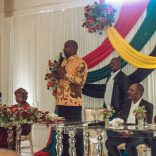
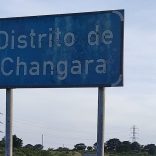

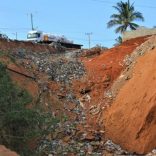
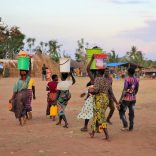
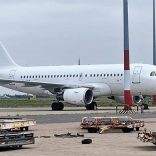
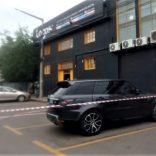
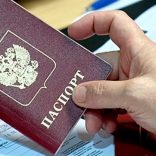


Leave a Reply
Be the First to Comment!
You must be logged in to post a comment.
You must be logged in to post a comment.